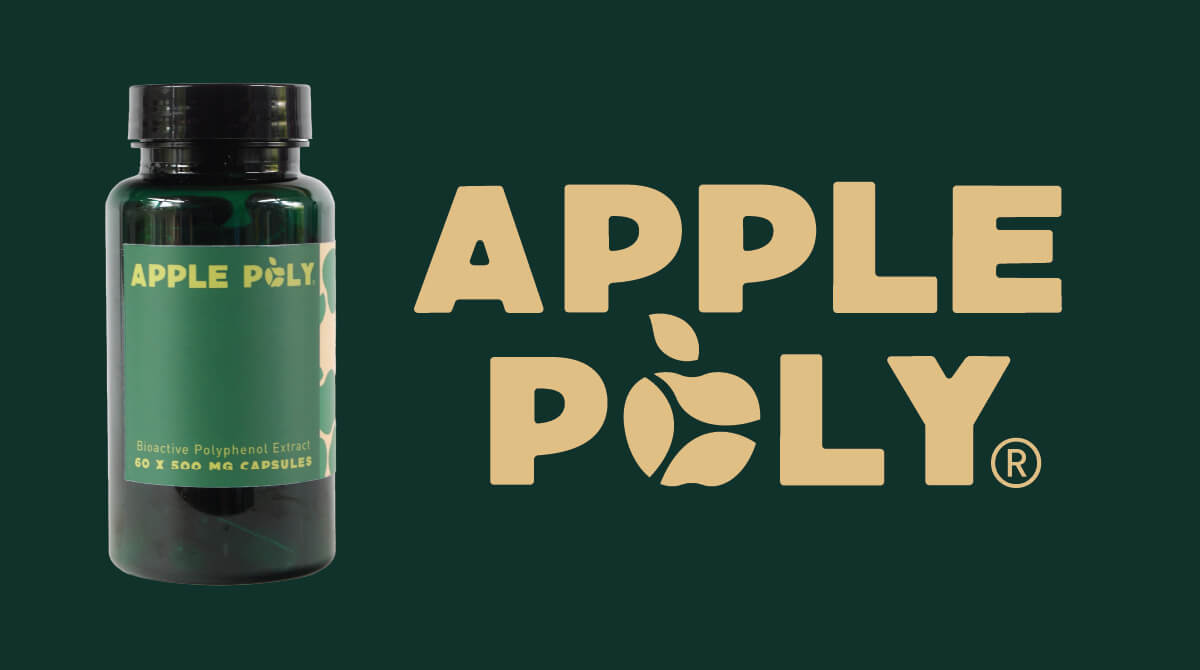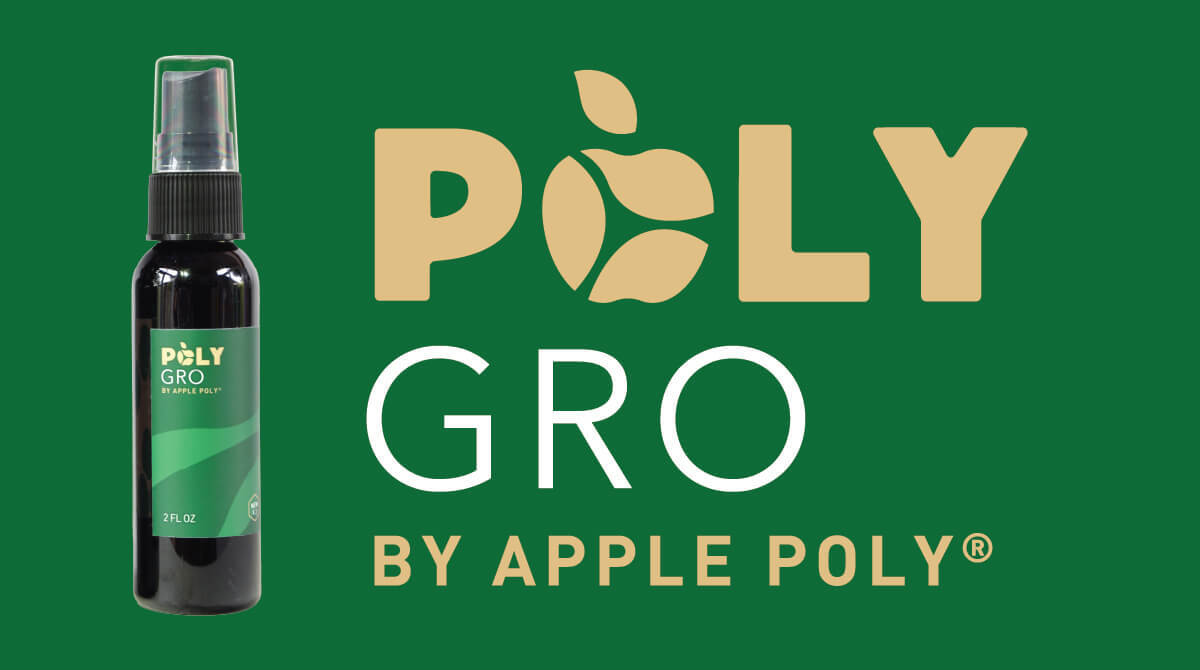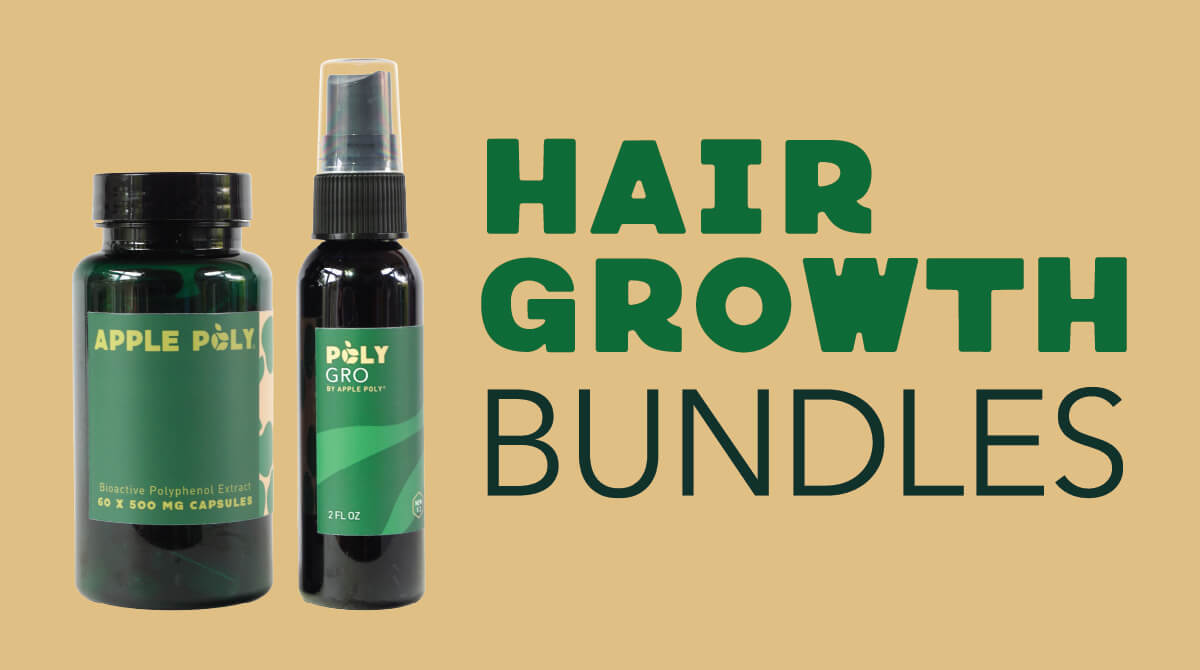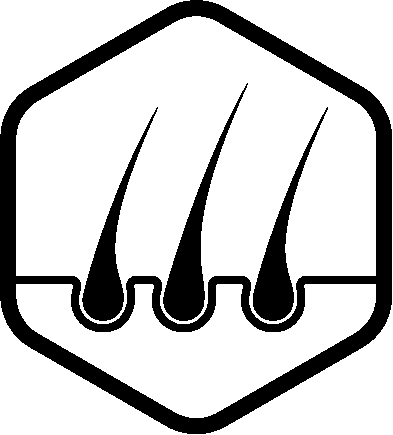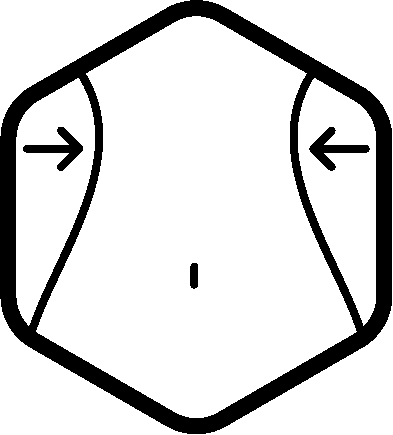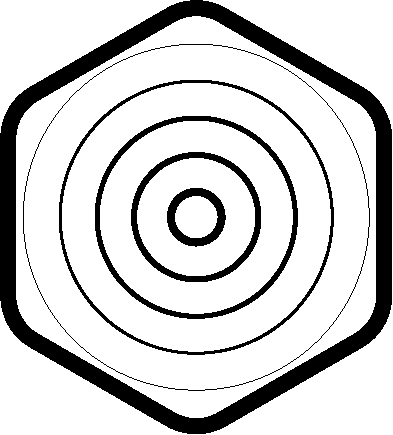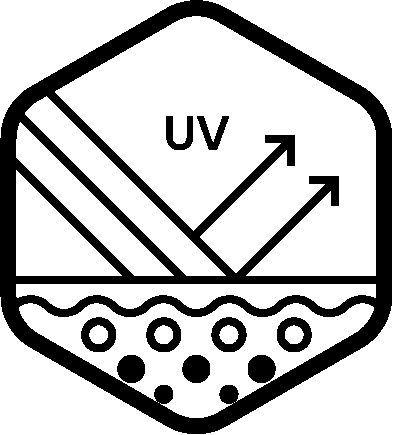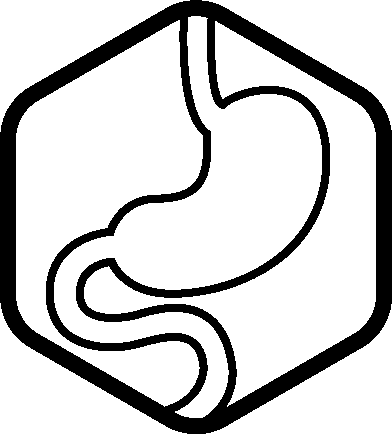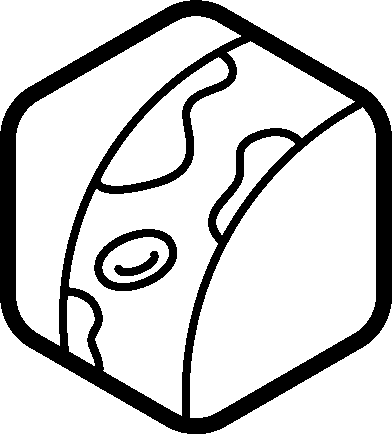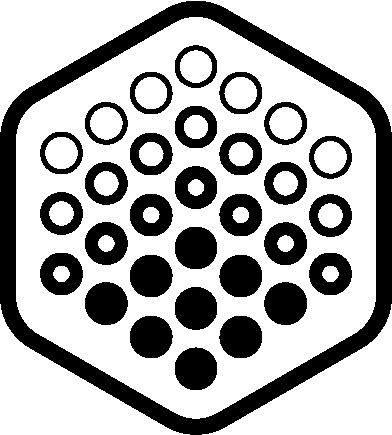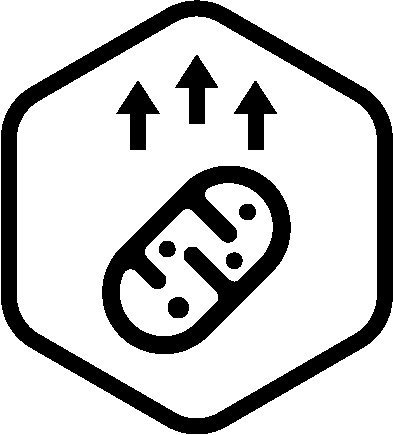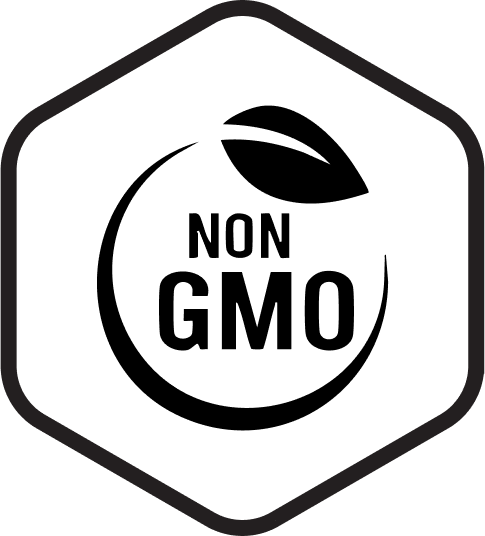2025-02-01
This narrative review collates prior studies on herbs, fruits, and phytochemicals with anti-aging properties.
N/A
N/A (review study).
Why Is This Study Important? As interest grows in natural strategies to slow aging, this review elevates apple polyphenols—particularly procyanidins—as standout compounds with the ability to fight oxidative damage, stabilize proteins, and extend cellular lifespan. Set alongside blueberries, citrus, and green tea, apples emerge not just as nourishing food, but as functional aging modulators with multi-organ influence.
In Plain English: This study shows how polyphenols from apples and other plants can help slow aging. It highlights special compounds in apples that protect your cells from damage, keep your skin healthy, and may even help you live longer. The paper also compares longevity benefits from similar compounds in green tea, amla, and blueberries.
For Medical Professionals: This review emphasizes polyphenolic compounds— including apple-derived procyanidins—as multifunctional anti-aging agents that attenuate oxidative stress, inhibit protein aggregation (e.g. Aβ42), and extend lifespan in yeast, rodent, and nematode models. Apples are presented as the most mechanistically diverse among the phytochemical sources, with additional roles in modulating ion channel dynamics, reducing electrophysiological dysfunction in cardiac aging, and promoting neuronal regeneration. Blueberries, green tea, and citrus are also discussed as adjunctive sources of phenolic compounds with antioxidant and matrix-preserving activity.
